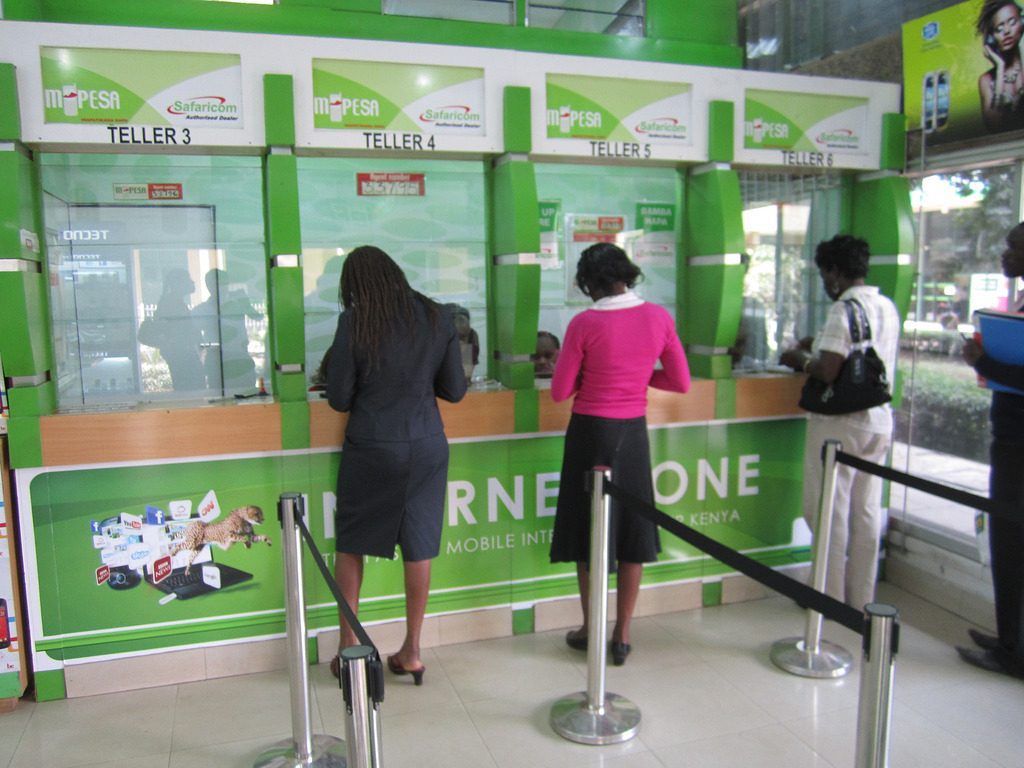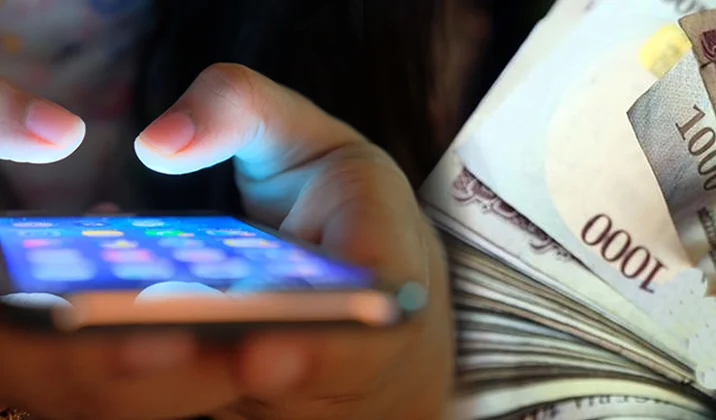Towards the end of the 2022 first quarter, GSMA has released its 10th annual ‘State of the Industry Report on Mobile Money’.
The report depicts that mobile money adoption and usage saw continued growth in 2021, posting a record of $1 trillion annually.
The industry recorded a significant growth in registered accounts, up 18% since 2020 reaching 1.35 billion globally.
According to the numbers, the space processed 1.5 million peer-to-peer transactions every hour.
This assessment names merchant payments, which almost doubled annually as one of the top KPIs that led to this growth.
It also highlights how mobile money continues to act as a core pillar of financial and economic inclusion, particularly for women.
Providing significant growth in merchant payments
Mobile money diversified its value proposition beyond person-to-person transfers and cash-in/cash-out transactions in 2021.
It stands out as an important pillar that supports daily lives of people and businesses, especially in low and middle-income countries (LMICs).
Growth of merchant payments, international remittances, bill payments and bulk disbursements, together with interoperable transactions among other ecosystem transactions account for a more significant share of the global mobile money transaction mix.
Merchant payments were instrumental in the growth of the mobile money industry in 2021.
Specifically, the value of merchant payments almost doubled, reaching an average of $5.5 billion in transactions per month.
Providers are demonstrating that they can attract businesses to their platform with better incentives, such as efficient remote onboarding processes. For instance, Safaricom’s M-PESA has recorded 18% growth in merchant registration since the launch of self-onboarding portal.

According to Max Cuvellier of GSMA, 2021 became the year mobile money diversified to B2B services. He further revealed that the industry is now central in helping small businesses operate more efficiently.
This goes beyond the traditional person-to-person transactions, such as transferring money to family or friends.
Increasing financial inclusion for women
Mobile money has also been a driving force for financial inclusion for the world’s most vulnerable, especially women.
It gives women the liberty to take more control over their finances and purchase goods that they urgently need.
Additionally, 44% of providers responding to the GSMA Global Adoption Survey now offer credit, savings or insurance products. This creates opportunities for underserved individuals to invest in their livelihoods and futures.
Unfortunately, barriers to vulnerable people benefitting from mobile money still exist.
For example, the gender gap in mobile money account ownership raging from 7% in Kenya to 71% in Pakistan.
Obviously, owning a mobile phone is an obvious pre-requisite to using mobile money. Women across LMIC’s are 7% less likely than men to own a mobile phone. Overall, 143 million less women own a mobile than men.
Insufficient knowledge and skills has also contributed to less mobile money access.Other barriers include lack of awareness of mobile money and a deficit in perceived relevance.
The report makes it clear that more must be done to address the mobile money gender gap across LMICs.
Concerted action is required from policymakers, the private sector, donors and other stakeholders to learn from success stories, address the issue and ensure that existing gender inequalities are not further entrenched, especially in light of the COVID-19 pandemic.
Mobile Money enables access to humanitarian aid, utilities and agricultural solutions
As per the report, the number of people needing humanitarian assistance is predicted to soar to 274 million in 2022. Mobile money is expected to play an increasingly important role in donations.
It makes delivery systems more efficient and transparent for humanitarian actors and donors – and the receipt of aid.
In 2020, the UN Refugee Agency sent $700 million in cash and value assistance (CVA) to 8.5 million recipients in 100 countries.
They have set up digital payment programmes in 47 countries.
Among them, 15 use mobile money. In a normal humanitarian setting, the digitization of CVA via mobile money has the potential to promote agency and dignity, and foster financial inclusion.
Mobile money also facilitates access to basic utility services and agricultural solutions in LMICs.
To sustain this, the mobile industry and humanitarian sector must keep working together to advance inclusive digital and financial inclusion even further for those who need it most.





























